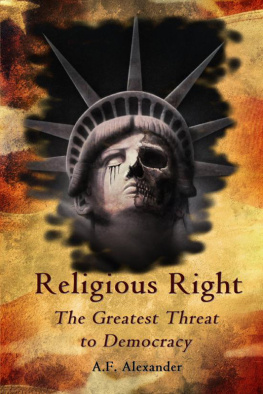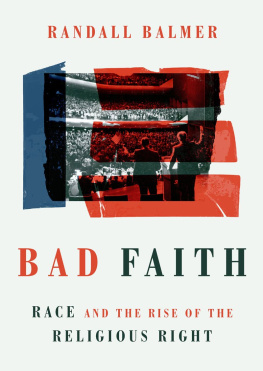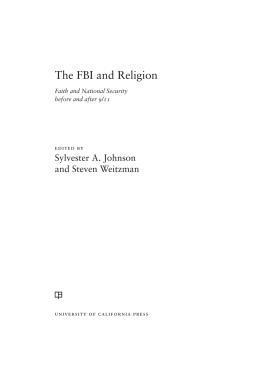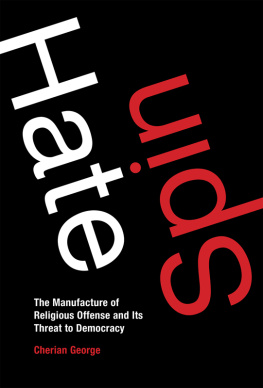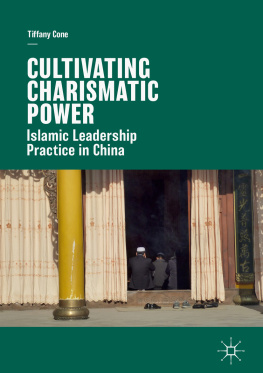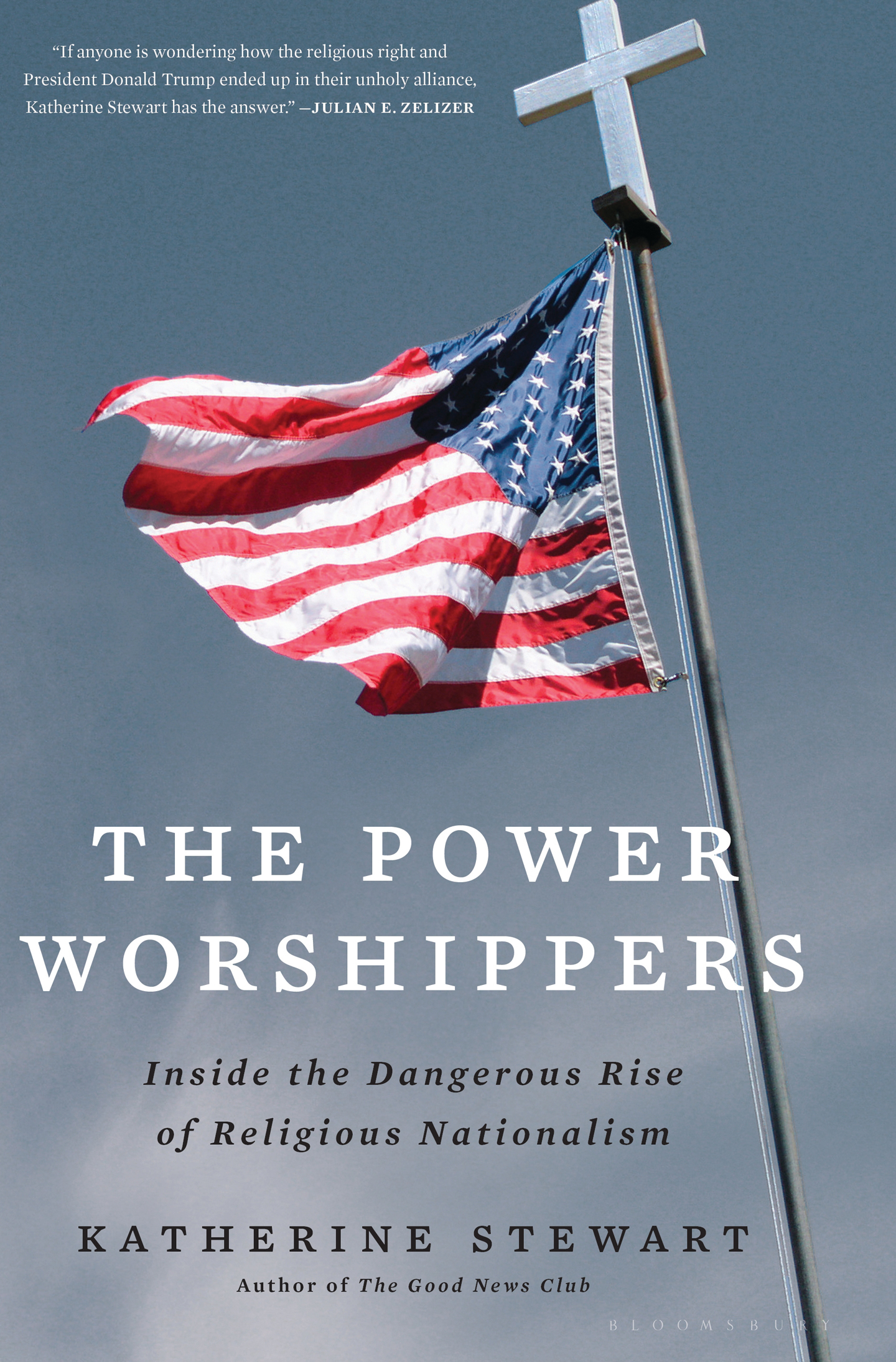Contents
Guide
Pagebreaks of the print version
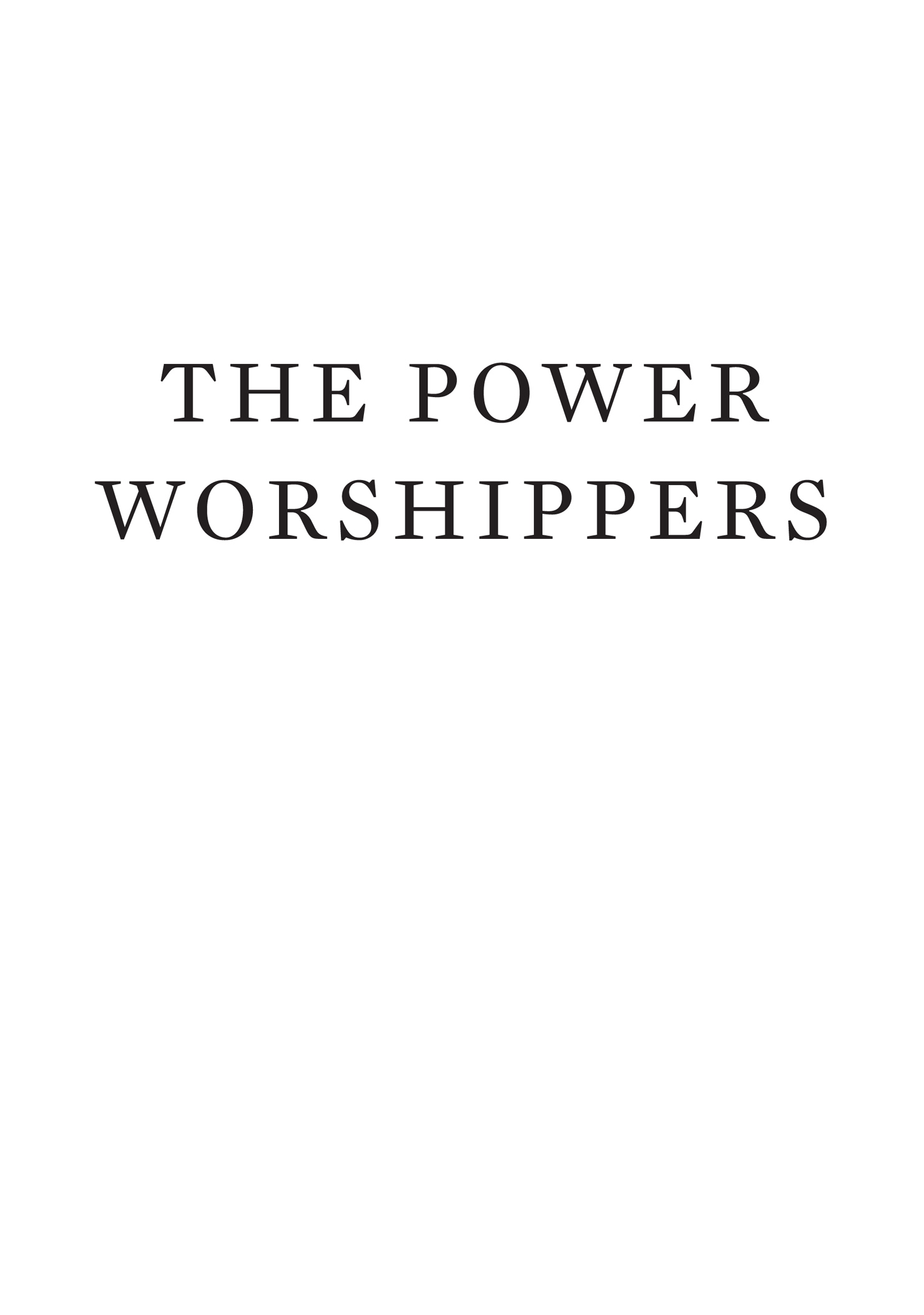
For my family
BY THE SAME AUTHOR
The Good News Club: The Christian Rights Stealth Assault on Americas Children

CONTENTS
This is not a book I could have imagined writing a dozen years ago. When an older couple from another town attempted to set up and lead a Bible club at my daughters public elementary school in Southern California in 2009, they might as well have been alien visitors showing up at a beach party. The purpose of the club was to convince children as young as five that they would burn for an eternity if they failed to conform to a strict interpretation of the Christian faith. The clubs organizers were offered free and better space in the evangelical church next door to our school, but they refused it; they insisted on holding the club in the public school because they knew the kids would think the message was coming from the school. They referred to our public school as their mission field and our children as the harvest. I thought their plan was outrageously inappropriate in our religiously diverse public school. I also thought it was a freak occurrence. They seemed completely out of place in the sunny land of stand-up paddle boarders and open-air wine tastings. In my eyes they came out of the American past, not the future. I was quite wrong about that.
Sometimes it takes a while to realize what is happening in your own backyard. As I researched the group behind these kindergarten missionaries, I saw that they were part of a national network of clubs. I soon discovered that this network was itself just one of many initiatives to insert reactionary religion into public schools across the country. Then I realized that these initiatives were the fruit of a nationally coordinated effort not merely to convert other peoples children in the classroom but to undermine public education altogether. Belatedly, I understood that the conflict they provoked in our local communityI was hardly the only parent who found their presence in the public school alarmingwas not an unintended consequence of their activity. It was of a piece with their plan to destroy confidence in our system of education and make way for a system of religious education more to their liking.
In 2012, I published what I had learned about the topic in my book The Good News Club . As I was completing that project, I realized I had latched onto only one aspect of a much larger, more important phenomenon in American political culture. The drive to end public education as we know it is just part of a political movement that seeks to transform the defining institutions of democracy in America. This movement pretends to represent the past and stand for old traditions. But in reality it is a creature of present circumstances and is organized around a vision for the future that most Americans would find abhorrent.
For the past ten years I have been attending conferences, gatherings, and strategy meetings of the activists powering this movement. I have sat down for coffee with ex-gay pastors determined to mobilize the pro-family vote. I have exchanged emails late into the night with men and women who have dedicated their lives to the goal of refounding the United States according to biblical law. I have walked alongside young women as they marched for life and followed them into seminar rooms where they receive training in political messaging and strategy. Along the way, I have made some friends and learned something like a new language. I no longer see members of this movement as alien visitors under the California sun. I know them to be very much a part of modern America. And that alarms me all the more.
Now and then I wish I could go back to those happy afternoons on the California coast, where none of this would have seemed worthy of placing before the public. But I cant so easily forget what I have learned. Anyone who cares about what is happening in American politics today needs to know about this movement and its people. Their issuesthe overwhelming preoccupation with sexual order, the determination to unite the nation around a single religious identity, the conviction that they are fighting for salvation against forces of darknesshave come to define the effort that has transformed the political landscape and shaken the foundations upon which lay our democratic norms and institutions. This is the movement responsible for the election of the forty-fifth president of the United States, and it now determines the future of the Republican Party. It is the change that we have been watchingsome with joy, others in disbelief, others in denial. And it isnt going away anytime soon.
I dont doubt that many of the people I have met on my journey mean well. I have seen them showing kindness to friends and strangers with equal conviction, and I know that among them are many generous spirits. But I am convinced that they are dead wrong about the effect of their work on the future of the American republic. They may believe sincerely in the righteousness of their cause and want as much as anyone to build a secure and prosperous America. But that just makes their storythe subject of this bookan American tragedy.
For too long now Americas Christian nationalist movement has been misunderstood and underestimated. Most Americans continue to see it as a cultural movement centered on a set of social issues such as abortion and same-sex marriage, preoccupied with symbolic conflicts over monuments and prayers. But the religious right has become more focused and powerful even as it is arguably less representative. It is not a social or cultural movement. It is a political movement, and its ultimate goal is power. It does not seek to add another voice to Americas pluralistic democracy but to replace our foundational democratic principles and institutions with a state grounded on a particular version of Christianity, answering to what some adherents call a biblical worldview that also happens to serve the interests of its plutocratic funders and allied political leaders. The movement is unlikely to realize its most extreme visions, but it has already succeeded in degrading our politics and dividing the nation with religious animus. This is not a culture war. It is a political war over the future of democracy.
Political movements are by their nature complex creatures, and this one is more complex than most. It is not organized around any single, central institution. It consists rather of a dense ecosystem of nonprofit, for-profit, religious, and nonreligious media and legal advocacy groups, some relatively permanent, others fleeting. Its leadership cadre includes a number of personally interconnected activists and politicians who often jump from one organization to the next. It derives much of its power and direction from an informal club of funders, a number of them belonging to extended hyper-wealthy families. It took me some time to navigate the sea of acronyms, funding schemes, denominations, and policy and kinship networks, and I will lay out much of this ecosystem in this book. Yet the important thing to understand about the collective effort is not its evident variety but the profound source of its unity. This is a movement that has come together around what its leaders see as absolute truthand what the rest of us may see as partisan agitation. My aim is to describe the common, often startling political vision that has united this movement.


